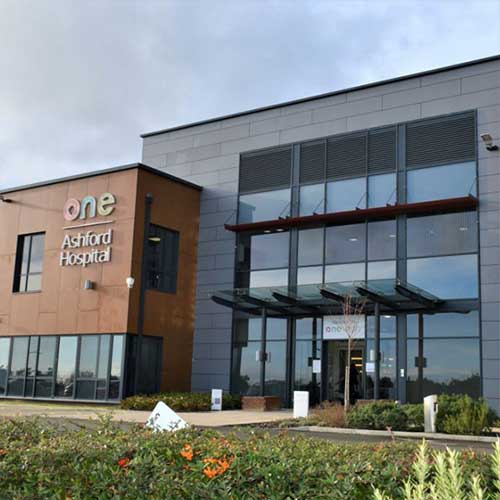Bursitis is an inflammation of the bursa. Inside each of your shoulders is a small, fluid-filled sac called a bursa. Bursae act as a cushion in the joint to help lessen friction between the bones in your joints, allowing them to glide more freely. If the bursa in your shoulder becomes inflamed, it can develop in to a condition known as shoulder bursitis.
Overuse of the shoulder, chronic conditions or an injury can cause shoulder bursitis. When a shoulder bursa becomes irritated, it grows in size creating less space in the shoulder for muscles and tendons to move, causing pain and decreased movement in the shoulder. It is a common, treatable condition, particularly around major joints such as the shoulder, hip and knee, which often heals within months. Rest and gentle exercises can help speed up recovery.
The plural of bursa is bursae. There are 160 bursae found in the body. The major bursae are positioned around the tendons close to the large joints, such as the shoulders, elbows, hips, and knees.
Symptoms
Shoulder bursitis is most commonly found in the subacromial bursa, a large bursa at the top of the shoulder. The subacromial bursa aids smooth movement when the arm is lifted above the head.
Often an initial injury triggers the inflammation. Following that, the condition can spiral and become worse. The inflammation causes the tendons and the bursa to swell, taking up more space and pinching the tendons and bursa resulting in more inflammation in the bursa.
If you have bursitis, particular movements of your shoulder and the tendon can result in pain and discomfort. The pain can vary depending on your specific injury. However, some of the common symptoms of bursitis include:
- Discomfort when lying on your shoulder
- Pain located on the outside or top of your shoulder
- Pain that increases when you lift your arm to the side
- Pain when pushing or opening a door
- Pain when trying to rotate your arm
- Pain when the shoulder is touched
- Reduced range of motion in the shoulder joint
- Redness and swelling around the shoulder
- Shoulder pain when the arm is raised
If the above symptoms are paired with a fever, the bursa may be infected. This is called septic bursitis, and a doctor will need to assess the condition as soon as possible.
Some people are more likely to develop shoulder bursitis because they use their shoulders more frequently and repetitively. Examples of those who are more prone to bursitis include:
- Painters
- Musicians
- Athletes
- Labourers
However, anyone can develop bursitis following an injury.
Causes
The most common causes of shoulder bursitis are repetitive movement or overuse of the shoulder joint. Activities that add stress to the shoulder and are risk factors for shoulder bursitis include repetitive sport, lifting objects overhead, and trauma from a fall onto the shoulder. People with manual occupations are more likely to develop bursitis in the shoulder, including musicians and painters.
Other medical conditions such as rheumatoid arthritis, diabetes, infection and gout can also increase the risk for shoulder bursitis. In many cases, people with this problem have less space than most other people due to the shape of their bones. Even small thickenings of the tendons or bursa can result in painful symptoms.
Diagnosis
Shoulder bursitis can be identified by the symptoms of localized pain or swelling, tenderness, and pain with movement. Doctors can often diagnose shoulder bursitis based on a medical history and physical exam. Further testing may be necessary to confirm a diagnosis or detect calcifications. Additional tests may include:
X-rays
X-rays are not able to confirm the diagnosis of bursitis; however, they can help to eliminate other causes of your symptoms.
Ultrasound or MRI Scan
If the diagnosis cannot easily be confirmed by a physical examination alone, your doctor may order an Ultrasound or MRI scan.
Aspiration
Using a thin needle, your doctor will remove fluid from the swollen bursa to check for infection or gout as causes of bursitis.
Blood Tests
Your doctor may order blood tests or an analysis of fluid from the inflamed bursa to confirm the cause of your pain and inflammation.
Treatment
Treating shoulder bursitis starts with reducing inflammation. Avoid doing things that cause pain, such as reaching or stretching beyond your comfort zone. Your doctor will normally suggest trying conservative treatments to treat the condition first such as:
RICE
Rest
Try to avoid exercise for several days or change to an activity that doesn’t strain the shoulder, such as swimming. In extreme cases, you may be required to wear a walking boot and use crutches.
Ice
To ease pain or swelling, apply an ice pack to the shoulder for around 15 minutes following exercise or when you are in pain.
Compression
To reduce swelling and movement of the tendon, wraps or compressive elastic bandages can help.
Elevation
Raising the affected arm above the level of your heart can reduce swelling. Try sleeping with your affected arm elevated throughout night.
Medication
If the inflammation in your bursa is a result of an infection, your doctor may prescribe an antibiotic. Over the counter medication such as ibuprofen or aspirin can help reduce swelling and discomfort in the shoulder.
Therapy
Physiotherapy or exercises can help strengthen the muscles in the affected shoulder to lessen the pain and prevent recurrence.
Injections
If other treatments have failed to work, your doctor may suggest a steroid injection. An injection of a corticosteroid drug into or around the bursa can ease pain and inflammation in your shoulder. This treatment typically acts quickly and, in many cases only one injection is necessary; however, treatment can be repeated several times.
Surgical Treatment
In rare cases, your doctor may suggest surgery to treat shoulder bursitis. Typically, your doctor does not recommend surgery unless you have been experiencing persistent symptoms for 6-12 months.
If your do require surgery, your doctor will most likely carry the procedure out arthroscopically. This surgery can be performed using a small incision with a special, minimally invasive probe called an arthroscope. During the procedure, the inflamed bursa, some of the bone and any spurs are removed to make a larger space for the rotator cuff tendons. Often, following surgery, physical therapy is recommended for enhancing recovery
Complications
Pain following surgery is the most likely complication, occurring in a small percentage of patients. If you continue to put stress or wear on to your shoulder following treatment, you will continue to cause damage and inflammation. It is important to follow your doctor’s advice so that you can minimise the risk of complications. As with any type of surgery, there is always a risk of complications. Risks of shoulder bursitis surgery include:
- Excess bleeding or blood clots
- Nerve damage
- Infection
- Wound healing problems
- Anaesthetic complications
The risk of complications occurring vary depending on age, the shape of your shoulder, shoulder muscles and tendons, your overall health, and the type of surgery performed. Speak to your doctor regarding any concerns you may have.
Outlook
The outlook for shoulder bursitis is generally excellent for a full recovery. It can require long-term physical therapy to help with preventing further damage and enabling motion.
Bursitis is often a chronic condition, which means that overuse will cause your symptoms to reappear. You may be able to recognise the triggers associated with your bursitis, such as a particular exercise or movement.
By finding a suitable activity level, you may be able to ease the symptoms of bursitis while continuing to stay active. However, in some cases, only surgery can completely fix the underlying cause associated with bursitis.
Need Help?
If you are experiencing pain in your shoulder, you can be seen by a Consultant Orthopaedic Shoulder Surgeon at One Ashford Hospital, usually within 48 hours. One Ashford Hospital is well placed to see patients with knee injuries from Ashford, Maidstone, Canterbury, Folkestone, Dover and all surrounding villages. To book an appointment, call the hospital direct on 01233 364 022 or email here.




 One Ashford
One Ashford One Hatfield
One Hatfield